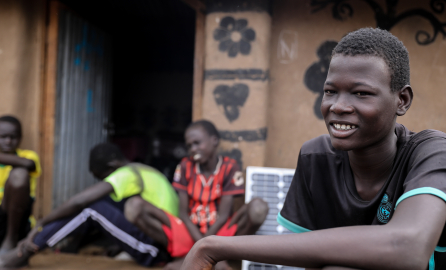Loans and Grants
Loan and grant programmes take various forms, including loans, direct cash transfers (conditional and unconditional), start-up grants and in-kind startup kits, and loan guarantees.
|
Evidence Rating MEDIUM |
Employment LOW |
|
Cost HIGH |
Skills NOT AVAILABLE |
|
Earnings Impact LOW |
Labour Market Orientation DEMAND |
|
Setting FIRM |
✅Impact
Overall, loans and grants have a small but significant effect on employment, material welfare, and programme attendance. But there is a small negative effect on youth earnings, emotional state and business performance.
There are substantial variations in impact, which are associated with two facts: (i) loans and grants combined with other interventions have a substantially larger impact than loans and grants alone for employment, skills, and earnings; (ii) the effect is larger for females only than in mixed sex groups.
🖋Design choices
Design choices include
- The size of loans, if loans are too small they may be insufficient to start a viable business
- Whether to provide a one-off disbursement or a line of credit
- The terms and conditions for loans, including a possible grace period
- Delivery mechanism, including use of mobile money
- Permitted purpose of funds
- Designing for sustainability, such as revolving funds
📈How are loans and grants expected to work?
Loans and grants interventions overcome the credit constraint faced by youth by: (i) grants and in-kind contributions such as starter kits which do not require repayment: (ii) group lending creates joint liability; and (iii) loan guarantees provided to financial institutions remove the risk of loans to young entrepreneurs.
Loans and grants are expected to enhance youth employment by
- enabling youth to establish or expand businesses,
- increase productivity,
- generate jobs,
- creating multiplier effects.
❗Implementation issues
Implementation challenges include delays due to bureaucratic processes, coordination issues among stakeholders, and inadequate funding. Ensuring the long-term impact and sustainability of programmes is a key concern. This includes addressing issues such as financial sustainability, scaling up successful models, and embedding programmes within broader economic and social development strategies.
🔎Implications for research
Loans and grants for young people need to be more rigorously evaluated.
Given the time required for the impact of loans and grants to materialize, longitudinal studies are required to assess their long-term effects on youth employment and economic outcomes.
🦾Strength of evidence
There is medium confidence in the evidence of effects (13 impact evaluations) and medium confidence in findings from implementation evidence (4 process evaluations).
📜Evidence based finding for policy and practice
The evidence supports the continuation of targeted approach to loans and grants programmes in combination with other interventions such as business skills training.
Access the Full Technical Report below
Related documents
Loans and Grants
English (4.31 MB - PDF)